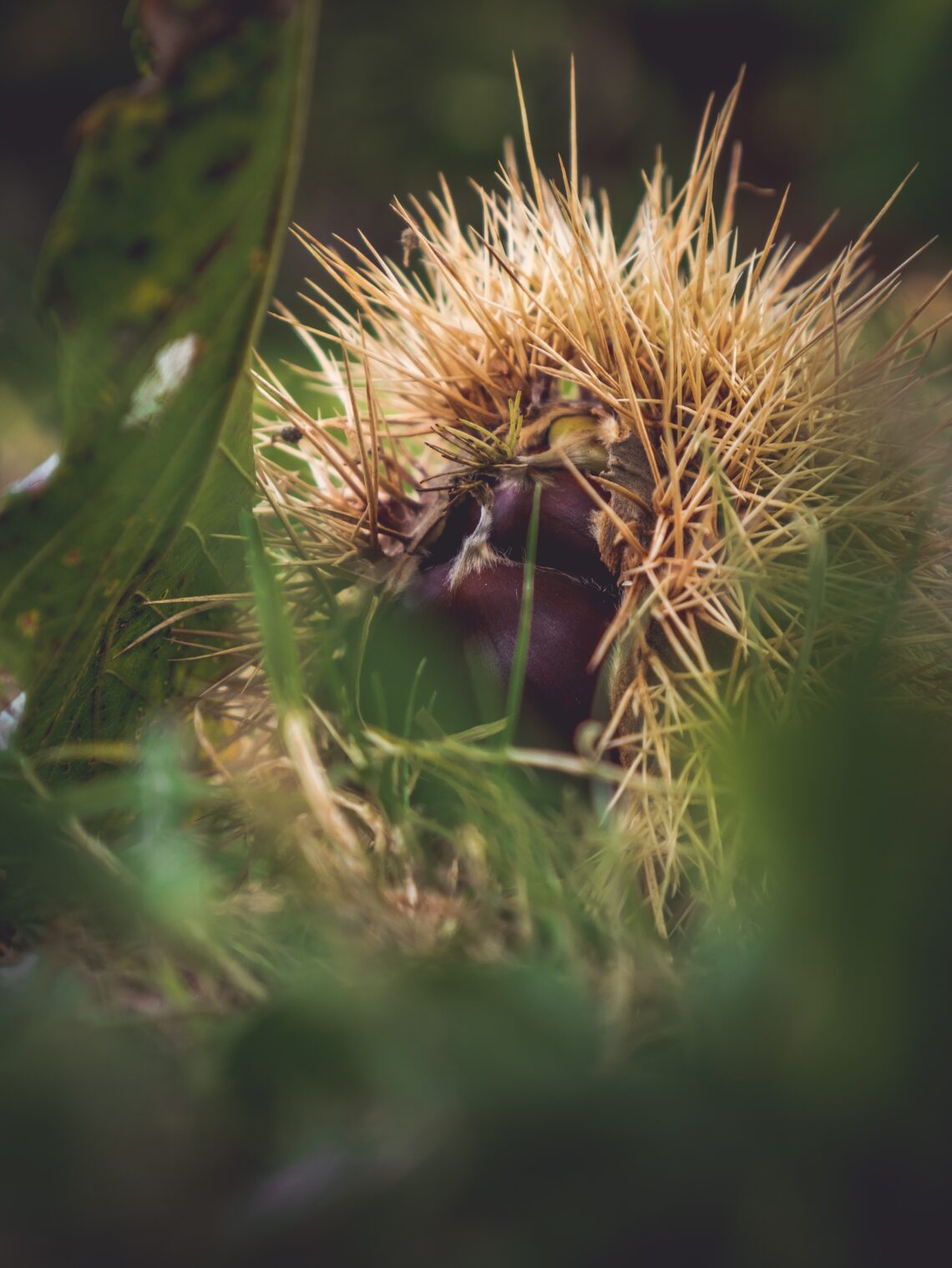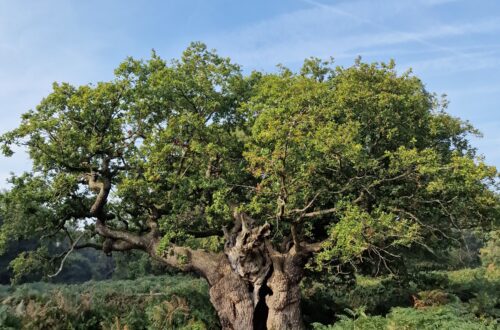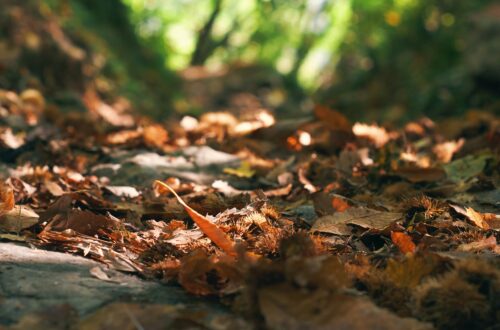Chestnut trees, often overshadowed by their more famous counterparts, have an enchanting story to tell. These majestic trees hold a special place in the hearts of nature enthusiasts, history buffs, and food lovers alike. In this article, we’ll dive into the fascinating world of chestnut trees, unveiling some fun and surprising facts that will make you appreciate them even more.
Ancient Origins
Chestnut trees have been around for centuries, with some specimens living for over a thousand years. They are a living testament to the resilience of nature.
The Sweet Chestnut of Tortworh
The oldest sweet chestnut tree in the UK is often considered to be the “Sweet Chestnut of Tortworth.” This ancient tree, also known as the Tortworth Chestnut, is estimated to be around 800 to 1,200 years old.
This beauty is hidden in the Tortworth Court estate in South Gloucestershire, England. The Tortworth Chestnut is a remarkable and historically significant tree, and its age is a subject of much fascination among nature enthusiasts and conservationists.
Nutritional Powerhouse
Chestnuts are low in fat and packed with essential nutrients, making them a delicious and nutritious addition to your diet.
Chestnuts stand out among nuts due to their unique composition, primarily consisting of water and carbohydrates, unlike other nuts that have higher levels of fat and protein. This sets chestnuts apart as a lower-calorie and lower-fat option in comparison to many other nuts, making them a popular choice in various dishes and recipes for their sweet and starchy flavour. This is one of my favourite fun facts about chestnut trees.
Roasting or boiling chestnuts is a popular way to enjoy their taste and nutritional benefits.
Historic Significance
Ancient Romans regarded chestnuts as the “food of the common people” due to their accessibility and nutritional value. They were a staple in Roman diets.
Timber and Tannin
Chestnut wood is highly durable and naturally resistant to rot, making it a prized material for outdoor construction, such as fences and barns. It’s also a source of tannin used in tanning leather.
Unique Blooms
Chestnut trees produce long, catkin-like flowers that are a striking sight in late spring. These blossoms are a haven for pollinators like bees.
Folklore and Legends
Chestnut trees have a rich history in UK folklore, often associated with myths, legends, and cultural traditions. Here are a few notable examples:
- The Tortworth Chestnut: We’ve mentioned the Tortworth Chestnut, the oldest sweet chestnut tree in the UK, above. This ancient tree has its own folklore and is believed to be a site of various legends and ghostly tales. Some local stories suggest that the tree was planted by a giant, and others mention it as a meeting place for the Druids.
- The Chestnut Mare: In Welsh folklore, there is a story about a supernatural chestnut mare that emerges from the trunk of a chestnut tree on All Hallow’s Eve. The mare is said to carry the souls of the deceased to the Otherworld. It is considered a powerful omen and is often depicted as a harbinger of death.
- Yuletide Traditions: In parts of the UK, chestnuts are associated with Yuletide traditions. Roasting chestnuts over an open fire during the Christmas season is a popular custom, and it’s often accompanied by carolling and merriment. This practice has been portrayed in various Christmas songs and stories.
- The Buried Chestnut Tree: Some areas of the UK have legends about chestnut trees that were buried as a way to protect the area from harm or evil spirits. It was believed that the tree’s spirit would continue to guard the land even after being buried.
- Chestnut Trees and Love Divination: In some traditions, chestnuts were used in love divination. Young people would mark chestnuts with the names of their love interests and throw them into a fire. The behaviour of the chestnuts in the fire was believed to reveal clues about the romantic future.
- Fairy Trees: In English folklore, chestnut trees were sometimes considered fairy trees. People believed that these trees served as portals to the fairy realm. It was important to treat these trees with respect to avoid incurring the wrath of the fairies.
- The Chestnut Leaf Game: In specific regions, chestnut leaves were employed in games and divination. Young people would inscribe their names on chestnut leaves and set them afloat in water. The leaf that unfolded the most was believed to represent their future romantic partner.
These folklore stories and traditions demonstrate the enduring cultural significance of chestnut trees in the UK. Whether associated with legends of giants, the afterlife, or love divination, chestnut trees hold a special place in the cultural tapestry of the region.
Fun Facts About Chestnut Trees – Final Thoughts
Chestnut trees may not always be in the spotlight, but their contributions to history, culture, and the environment are truly remarkable. These trees have stood the test of time, and as we continue to learn about and appreciate their significance, we ensure their legacy endures for generations to come. Next time you encounter a chestnut tree, take a moment to admire its rich history and the natural treasures it provides.
The main reason I wanted to know more about Chestnut trees is because of the delicious nuts that you can forage this time of year. It is nice to understand a bit more about the trees that give you something without expecting anything in return.
Check out my article about foraging and roasting Chestnuts here.




